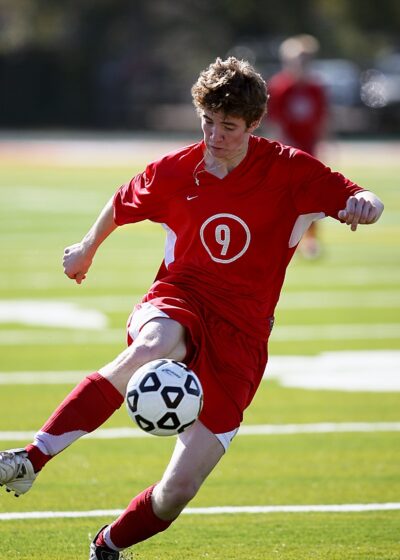Imagine this. You had surgery to repair your knee’s ACL (anterior cruciate ligament) 4 months ago and have been going to sports physical therapy ever since. At first, you were on crutches, your knee was swollen, and you could barely bend it. After several weeks of physical therapy, you regained your entire range of motion and learned to walk normally again. You just started running and can’t wait to return to practice or the activities that will make you feel like an athlete again!
But, your physical therapist is discharging you from physical therapy…
This is common because insurance companies don’t consider return-to-sport activities as “medically necessary,” and most traditional physical therapy clinics don’t offer return-to-play programs.
I call this phase of rehab “the gap .”The gap occurs during the time between physical therapy and performance training/personal training.
Most athletes aren’t ready to return to their sport when discharged from physical therapy because they haven’t bridged the gap from rehab to performance.
At this stage, athletes are pain-free, have a full range of motion in their knee, and may even have regained all their strength. But they still need to train their knee to use that strength explosively and tolerate the impact of cutting, jumping, and sprinting.
Unfortunately, many athletes skip this phase of ACL recovery and return to sport before their knee is ready. This increases the risk of re-tearing their surgically repaired ACL or injuring the other knee.
Programs designed to help athletes bridge the gap begin with tests to evaluate how close an athlete is to return to sport. These tests typically consist of hops, agility tests, and movements specific to the athlete’s sport.
The single-leg hop test is the first test we have our athletes perform in our Bridge The Gap ACL program. Research suggests the surgically repaired leg should be at least 90% as strong as the other leg before starting a sport-specific activity. Both sides should be equal before an athlete returns to practice.
Here is an example of a single-leg hop test.
Sports physical therapists use the results of these tests to design a training program that integrates principles from physical therapy, strength and conditioning, and sports performance.
Research suggests that the earliest an athlete can return to play after ACL surgery is 9 months (longer for youth athletes). For that reason, most bridge-the-gap programs are 2-4 months.
Interested in seeing if the our Bridge the Gap ACL Program suits you? If you or your child is recovering from an ACL repair, contact us to learn more!








